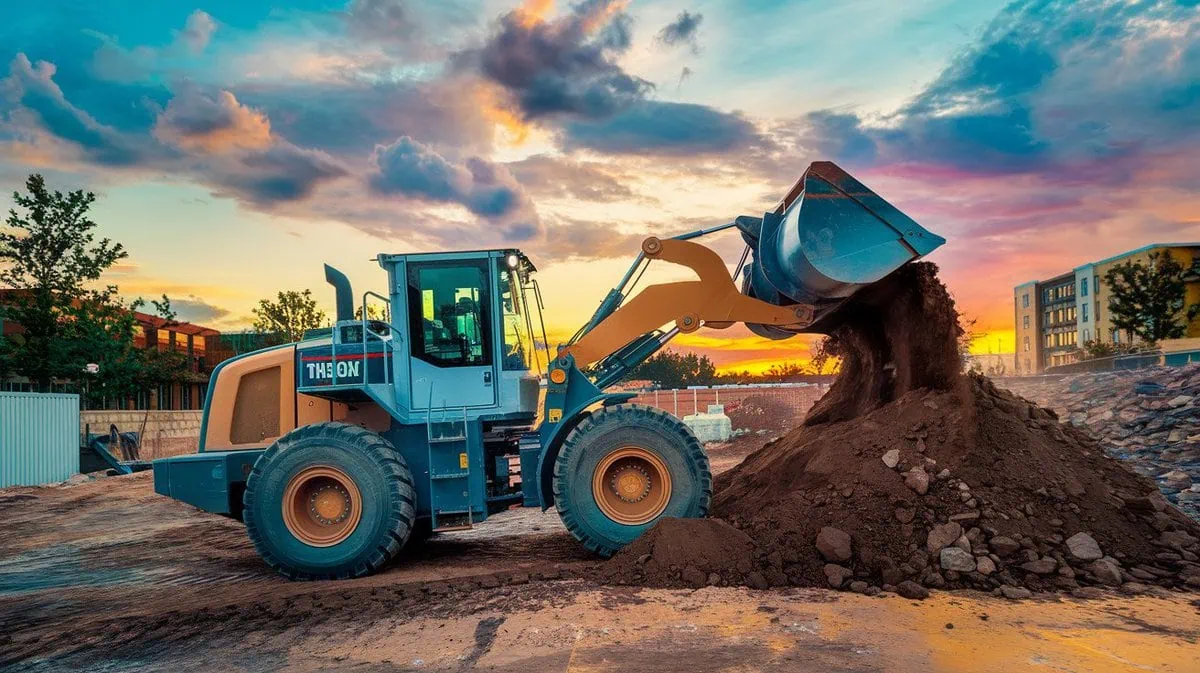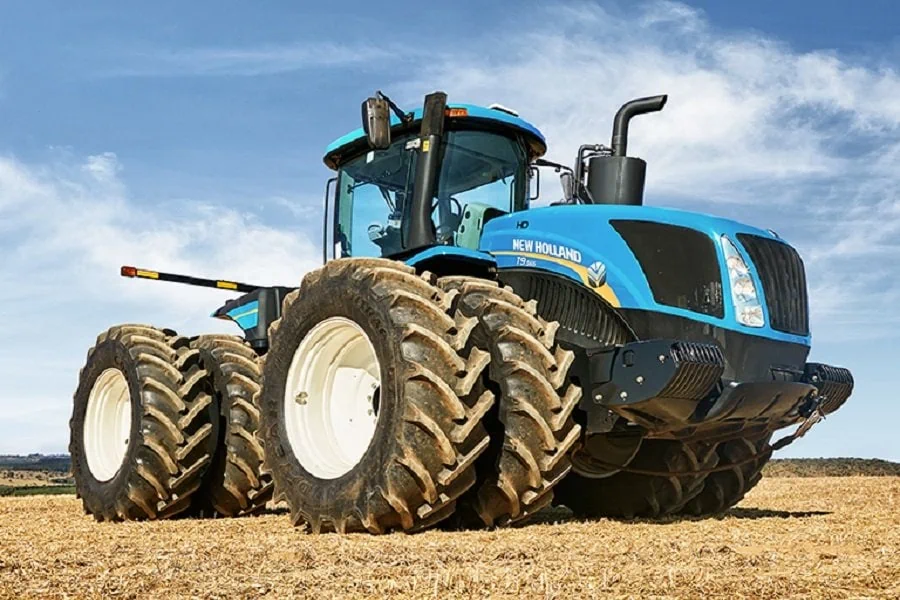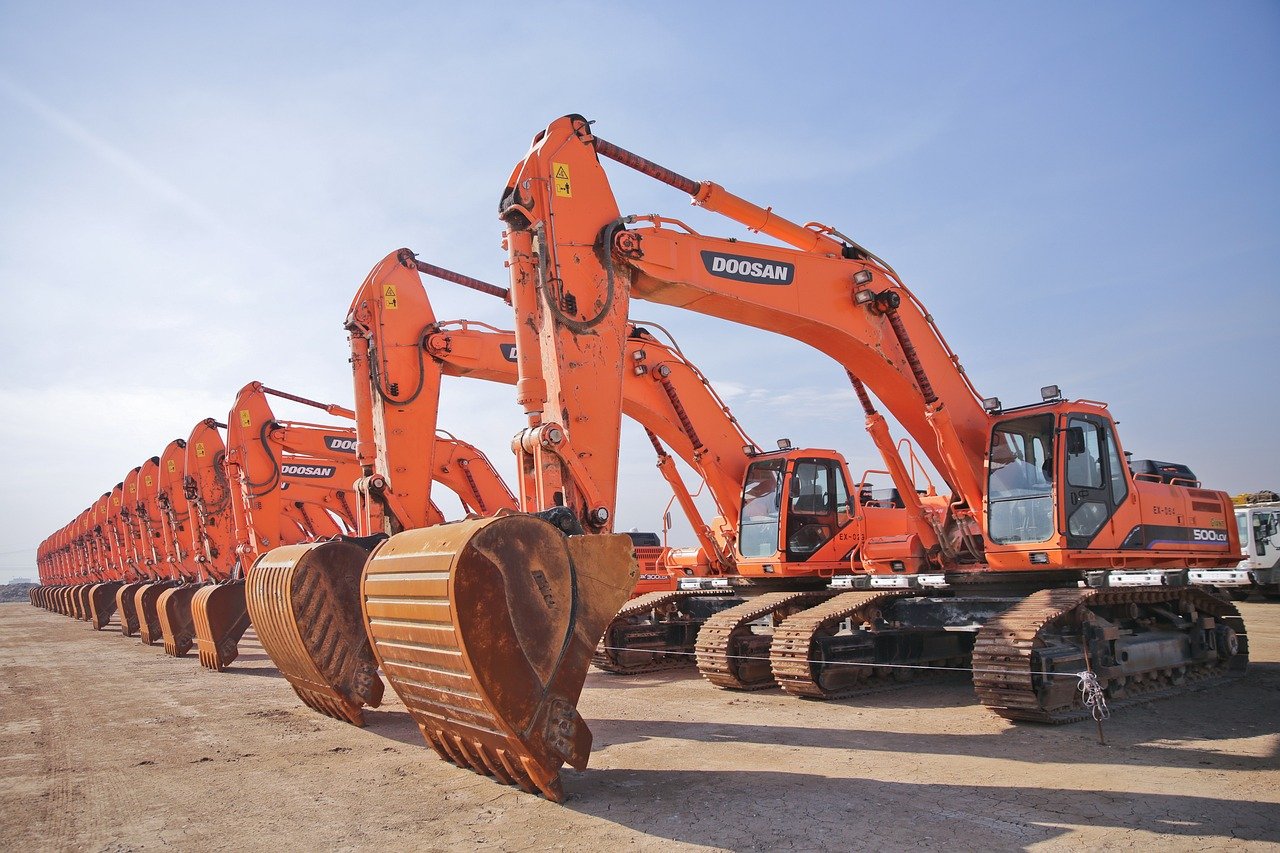
Introduction:
In the dynamic landscape of the construction industry, where projects are as diverse as the buildings and infrastructure they create, the excavator stands as a stalwart companion to builders and developers alike. These formidable machines, equipped with the latest technological advancements, have become indispensable assets in the realm of earth-moving tasks. From laying foundations for skyscrapers to carving out roads that connect communities, excavators have earned their place as the workhorses of modern construction. Therefore, choosing the right excavator becomes crucial.
Amidst this surge in construction activities, the market has witnessed an explosion of excavator options, each boasting its unique set of features and capabilities. While this abundance of choices may seem promising, it has also given rise to a conundrum for consumers: how to navigate through the plethora of options and identify the excavator best suited to their specific requirements.
In response to this challenge, we present this comprehensive guide—a beacon of clarity amidst the sea of options. Through careful examination and analysis, we aim to empower construction professionals with the knowledge and insights needed to make informed decisions when purchasing excavators for their businesses.
Join us on this journey as we delve into the key factors that must be considered when selecting an excavator, ensuring that your investment not only meets but exceeds your expectations. From understanding the different types of excavators to evaluating factors such as engine power, work site conditions, attachments, cost considerations, operator comfort, and environmental sustainability, we leave no stone unturned in our quest to guide you toward the perfect excavator for your construction endeavors.
With our guide as your compass, you can navigate the complexities of the excavator market with confidence, secure in the knowledge that your choice will propel your construction business toward success in the bustling landscape of the industry.
1.Types of Excavators
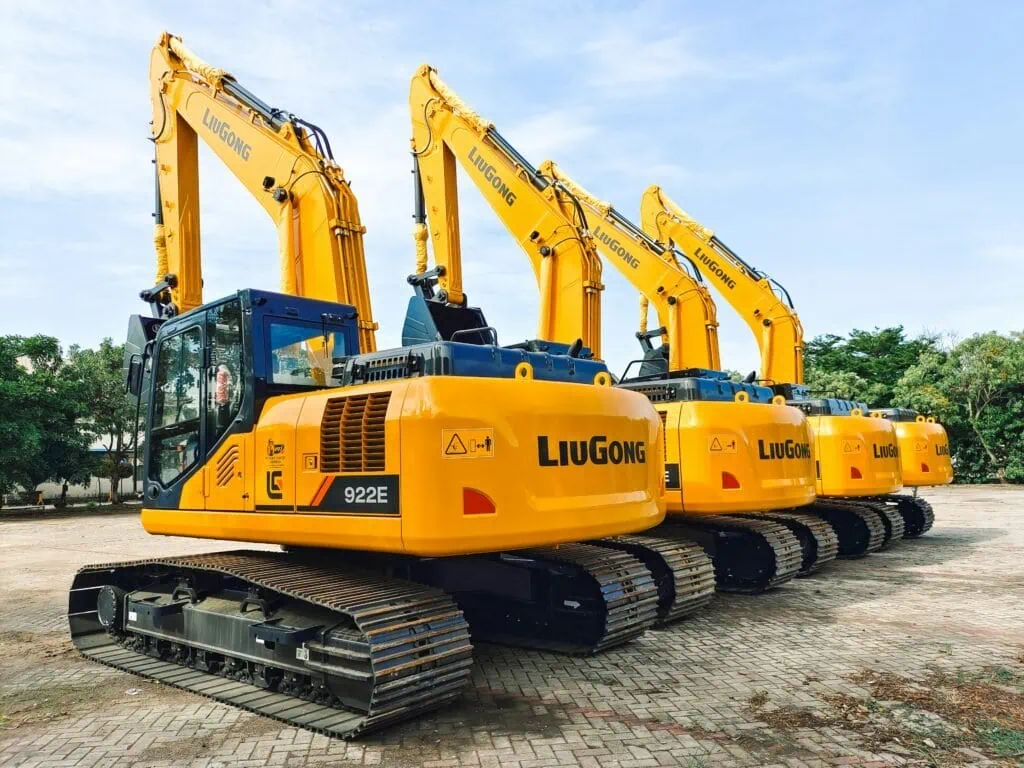
Excavators, being the backbone of construction projects, are available in a diverse range of types, each meticulously crafted to fulfill specific tasks and thrive in various environments. Mini excavators, compact and agile, are ideal for navigating through tight spaces and performing intricate tasks with precision. Their smaller size makes them perfect for residential construction projects or urban areas where space is limited. Small excavators, slightly larger than their mini counterparts, strike a balance between maneuverability and power, making them versatile assets for a wide range of construction tasks.
Moving up the scale, medium excavators step into the spotlight, offering increased digging depth and reach compared to their smaller counterparts. These machines are well-suited for medium-scale construction projects, such as building foundations or excavating trenches for pipelines. Their robust build and enhanced capabilities make them reliable partners in tackling a variety of earth-moving tasks with efficiency and ease.
For projects requiring brute force and heavy-duty performance, large excavators rise to the occasion. With their substantial size and impressive lifting capacity, these machines excel in handling massive amounts of earth and debris, making them indispensable in large-scale construction projects such as highway construction, mining, and quarrying operations.
Additionally, wheeled excavators add a layer of mobility to the equation, allowing for swift movement across job sites and easy transportation between locations. Their ability to traverse uneven terrain and navigate through urban environments makes them valuable assets for construction businesses requiring flexibility and agility.
Furthermore, specialized equipment such as loaders, rollers, and bulldozers complement the excavator fleet, serving specific functions tailored to the demands of the job site. Loaders are adept at transporting materials and debris, while rollers ensure smooth and uniform compaction of soil and asphalt surfaces. Bulldozers, with their powerful blades, are instrumental in clearing vegetation, leveling terrain, and pushing heavy materials.
By carefully assessing project requirements and considering factors such as size, maneuverability, and lifting capacity, construction businesses can select the most suitable type of excavator to meet their needs, ensuring optimal performance and efficiency on the job site.https://second-handmachine
2. Engine Power
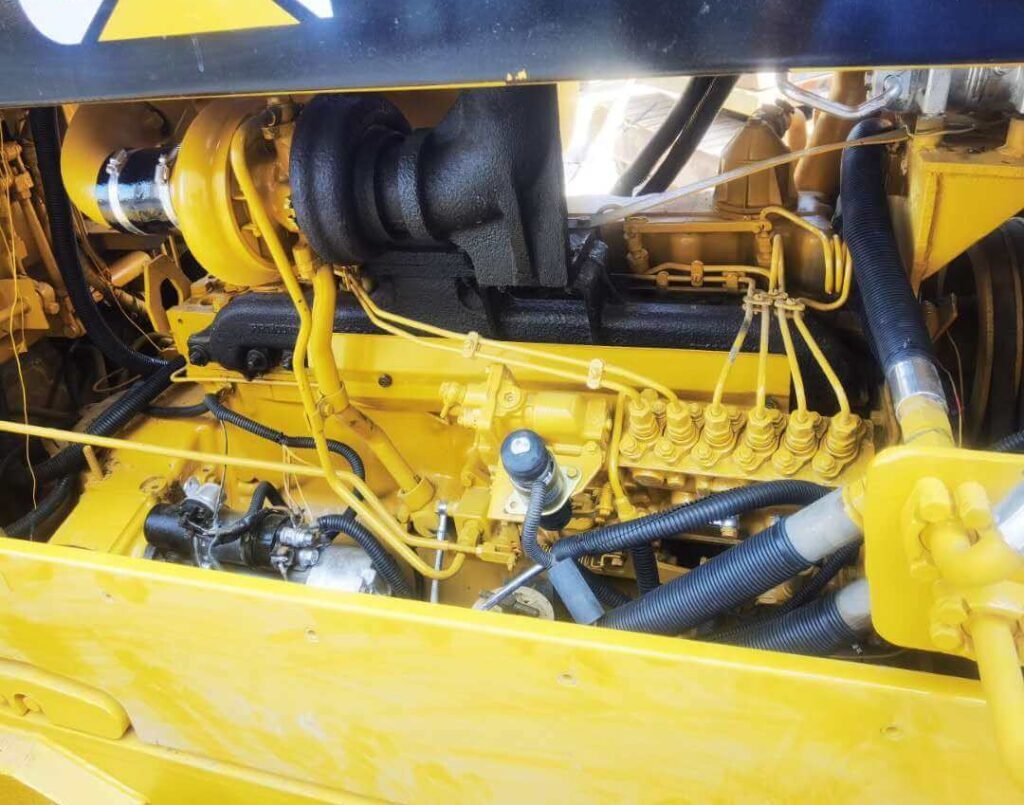
The engine power of an excavator serves as its beating heart, dictating its ability to tackle demanding tasks with precision and efficiency. High-powered engines, with their formidable force, enable excavators to conquer tough terrain and withstand the rigors of heavy-duty construction work. These engines deliver robust digging forces, allowing the machine to penetrate through dense soil and rocks with ease, while also facilitating swift and efficient operation.
However, in the quest for power, it is crucial to strike a delicate balance with fuel efficiency. Excessive fuel consumption can lead to inflated operating costs, eroding profitability and sustainability over time. Therefore, modern excavators are equipped with advanced engine technologies designed to optimize fuel consumption without compromising performance. Features such as variable speed engines, electronic fuel injection systems, and idle shutdown functions help minimize fuel wastage, allowing operators to maximize productivity while minimizing environmental impact.
Moreover, noise levels and emissions are important considerations, particularly in environments where strict regulations govern environmental sustainability and worker safety. Excavators equipped with advanced soundproofing technologies and emissions control systems ensure a quieter and cleaner operating environment, promoting employee well-being and compliance with regulatory standards.
By selecting an excavator with the right balance of power, fuel efficiency, and environmental considerations, construction businesses can optimize performance while minimizing operational costs and environmental impact. The engine serves as the powerhouse of the excavator, driving its capabilities and shaping its performance on the job site. Therefore, careful consideration of engine power and its associated factors is paramount when selecting the right excavator for your construction business.
3. Assessment of Work Site Conditions
Before committing to the purchase of an excavator, conducting a comprehensive assessment of the work site conditions is paramount. The suitability and effectiveness of the chosen machine depend heavily on factors such as terrain, climate, and available space. A thorough evaluation ensures that the excavator can navigate the challenges of the job site and perform its tasks efficiently.
Terrain plays a crucial role in determining the type of excavator needed for the job. For projects in confined spaces or areas with limited maneuverability, compact excavators shine. Their small size and enhanced maneuverability allow them to access tight spaces and perform intricate tasks with precision. Conversely, large excavators are better suited for open areas where their size and power can be fully utilized to tackle heavy-duty tasks.
Climate and weather conditions also influence the performance of the excavator. Extreme temperatures, whether hot or cold, can affect the engine’s performance and the efficiency of the hydraulic system. In hot climates, excavators with larger cooling systems may be necessary to prevent overheating and ensure optimal performance. Similarly, in cold climates, features such as cold-weather starting aids and enhanced insulation help maintain performance and protect critical components from damage.
Moreover, considerations such as rain, snow, and humidity can impact the stability and traction of the excavator, affecting its ability to operate safely and efficiently. It is essential to choose a machine equipped with features that enhance stability and traction in adverse weather conditions, ensuring smooth operation and minimizing the risk of accidents.
By carefully evaluating the specific challenges and requirements of the work site, construction professionals can select an excavator that is well-suited to the job at hand, maximizing productivity and efficiency while minimizing downtime and operational costs.
4. Excavator Attachments
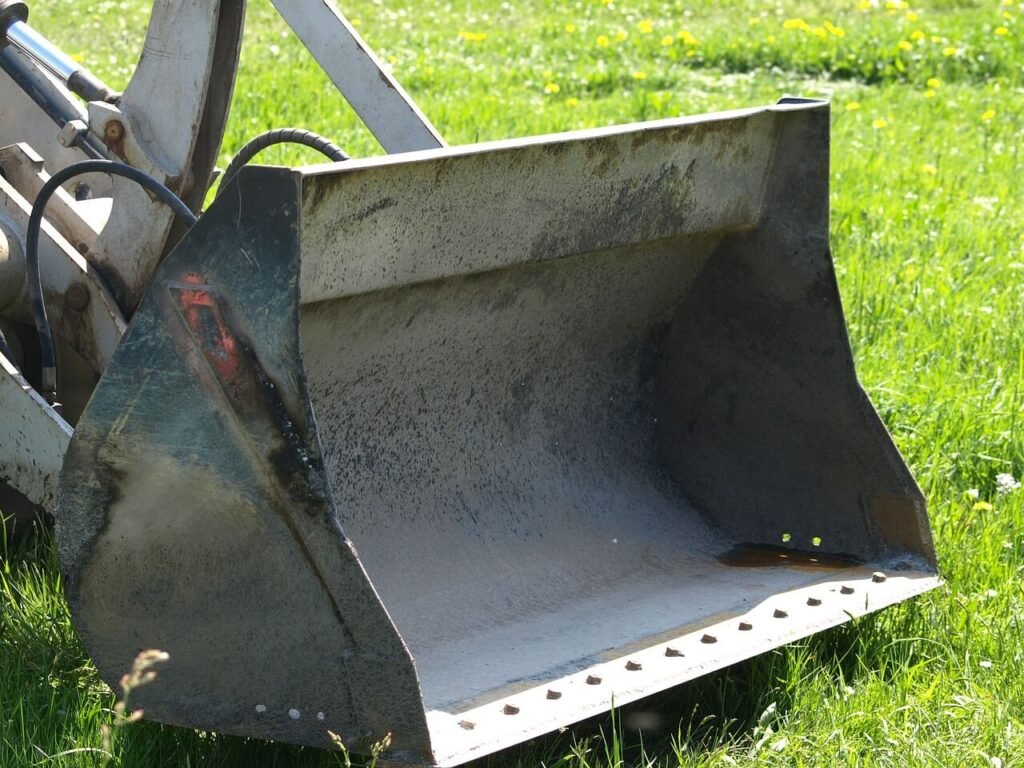
Excavator attachments serve as the Swiss Army knives of the construction world, enhancing the versatility and functionality of the machine across a wide range of tasks. From digging and material handling to demolition and landscaping, the right attachment can transform the excavator into a multi-functional powerhouse, capable of tackling diverse challenges with ease.
Common excavator attachments include buckets, hydraulic thumbs, and augers, each designed to perform specific tasks efficiently. Buckets, available in various sizes and configurations, are the workhorses of excavation, capable of digging trenches, loading materials, and shaping terrain with precision. Hydraulic thumbs provide added dexterity, allowing operators to grasp and lift objects with ease, while augers are indispensable for drilling holes for foundations, poles, and utilities.
In addition to these standard attachments, specialized tools such as breakers, compactors, and rakes expand the excavator’s capabilities even further. Breakers are used for demolishing concrete and rock, while compactors ensure uniform compaction of soil and asphalt surfaces. Rakes are invaluable for clearing vegetation and debris, and preparing the ground for construction or landscaping projects.
Investing in an excavator equipped with multiple compatible attachments offers significant advantages in terms of flexibility and cost-effectiveness. Instead of purchasing separate machines for each task, construction businesses can maximize the utility of their excavator by selecting the appropriate attachments based on project requirements. This streamlined approach not only saves money but also reduces the need for additional storage space and maintenance expenses.
By selecting the right attachments for their excavator, construction professionals can maximize productivity, efficiency, and versatility on the job site, ensuring optimal performance across a wide range of tasks.
5. Cost Considerations
Cost is a significant factor to consider when purchasing an excavator for your construction business. In addition to the initial purchase price of the machine, you must also consider factors such as maintenance, repair, and servicing costs over the machine’s lifespan. It is essential to evaluate the total cost of ownership and consider the long-term implications of your investment. Additionally, financing options such as leasing or financing through a dealer can help spread out the cost of the excavator over time, making it more manageable for your business. By carefully assessing the costs associated with purchasing and operating an excavator, you can make a well-informed financial decision that aligns with your budget and business objectives.
6. Operator Comfort and Safety
The comfort and safety of the operator are paramount considerations when selecting an excavator for your construction business. A comfortable operator is not only happier but also more productive, leading to increased efficiency on the job site. Therefore, it’s crucial to prioritize features that enhance operator comfort during long hours of operation.
Ergonomic controls are essential for reducing operator fatigue and ensuring smooth and precise machine operation. Intuitive control layouts and adjustable control settings allow operators to work comfortably without straining their muscles or joints. Additionally, ergonomic seats with ample cushioning and lumbar support provide optimal comfort, minimizing discomfort during extended periods of sitting.
Climate-controlled cabins are another valuable feature that contributes to operator comfort, especially in extreme weather conditions. Heating and air conditioning systems maintain a comfortable temperature inside the cabin, allowing operators to focus on their tasks without being affected by external weather elements. Moreover, effective soundproofing materials reduce noise levels within the cabin, creating a quieter and more conducive working environment.
In terms of safety, excavators should be equipped with essential features such as rollover protection structures (ROPS) and falling object protection systems (FOPS) to safeguard operators from potential accidents and injuries. ROPS are designed to prevent the cabin from collapsing in the event of a rollover accident, while FOPS provide protection against falling objects such as debris or branches.
By prioritizing operator comfort and safety, construction businesses can create a positive working environment that promotes productivity and protects the well-being of their workforce.
7. Technology and Innovation Integration
In the fast-paced world of the construction industry, technology plays a pivotal role in driving efficiency and productivity. Excavators equipped with advanced technology and innovative features offer distinct advantages in terms of performance, reliability, and competitiveness.
GPS navigation systems are one such technology that revolutionizes how excavators operate on the job site. These systems provide real-time positioning data, allowing operators to precisely track their location and navigate complex terrain with ease. By leveraging GPS technology, operators can optimize their routes, avoid obstacles, and maximize efficiency in excavation tasks.
Telematics is another innovative technology that enables remote monitoring and diagnostics of excavators. By collecting and analyzing data on machine performance, fuel consumption, and maintenance schedules, telematics systems empower construction businesses to make informed decisions and proactively manage their fleet of excavators. Additionally, remote monitoring capabilities allow supervisors to oversee multiple job sites simultaneously, ensuring that operations run smoothly and efficiently.
Integration with emerging technologies such as artificial intelligence (AI) and automation further enhances the capabilities of excavators. AI-powered algorithms can analyze job site data and optimize machine settings in real time, improving efficiency and reducing fuel consumption. Automation features such as semi-autonomous operation and remote control capabilities enable excavators to perform repetitive tasks with precision and consistency, freeing up human operators to focus on more complex tasks.
By choosing an excavator equipped with the latest technological innovations, construction businesses can stay ahead of the competition and maximize their operational efficiency. Embracing technology and innovation is key to driving growth and success in the modern construction industry.
8. Environmental Sustainability
With growing concerns about environmental impact and sustainability, construction businesses are increasingly prioritizing eco-friendly practices in their operations. When selecting an excavator for your business, consider factors such as fuel efficiency, emissions control systems, and alternative power sources such as electric or hybrid models. Opting for environmentally friendly excavators not only reduces carbon footprint and air pollution but also helps businesses comply with regulatory requirements and demonstrate their commitment to sustainability. Additionally, investing in equipment with efficient energy management systems and recyclable materials contributes to long-term environmental stewardship and enhances the overall reputation of the construction business.
Abschluss
In conclusion, the procurement of the optimal excavator for your construction enterprise is a decision of paramount importance, warranting a comprehensive analysis of numerous critical factors. Through a meticulous examination of the diverse array of excavator types available, including mini, small, medium, large, and wheeled excavators, coupled with an insightful assessment of your work site conditions encompassing terrain, climate, and spatial constraints, you can ascertain the most suitable machine for your needs.
Moreover, the evaluation of essential elements such as engine power, attachments, and cost considerations is imperative in ensuring the acquisition of an excavator that not only meets but exceeds your operational requirements. Striking the delicate balance between power and fuel efficiency, while also considering factors like noise levels, emissions, and operator comfort, is essential for optimizing performance and minimizing operational costs over the long term.
Furthermore, a strategic partnership with a reputable excavator company can provide invaluable support and expertise throughout the procurement process. With access to a diverse range of high-quality machines and expert guidance tailored to your specific needs, you can navigate the complexities of the excavator market with confidence and precision.
- Forklift Capacity: How To Choose The Right Forklift Capacity For Your Business?
- Top 5 Uses of Bulldozers: Why You Should Invest in One for Your Projects?
- Wheel Loader Size Guide: How to Pick the Right Loader for Your Work?
- Excavator Licence Guide: What You Need to Know Before Buying Excavating Equipment?
- Was ist Ausgrabungen im Keller?



